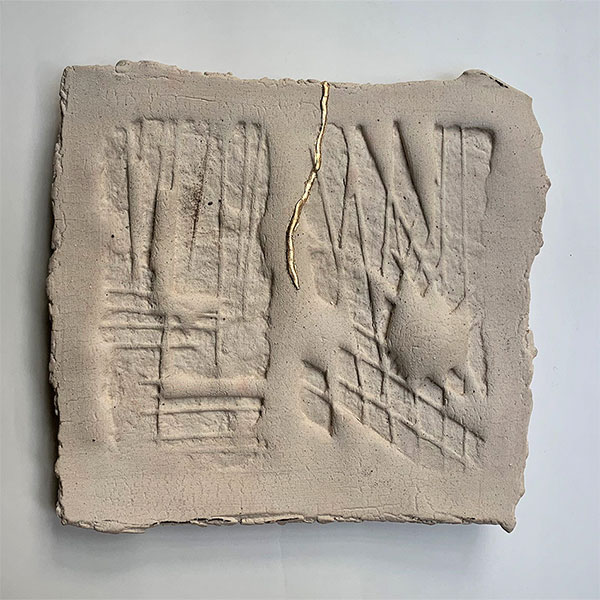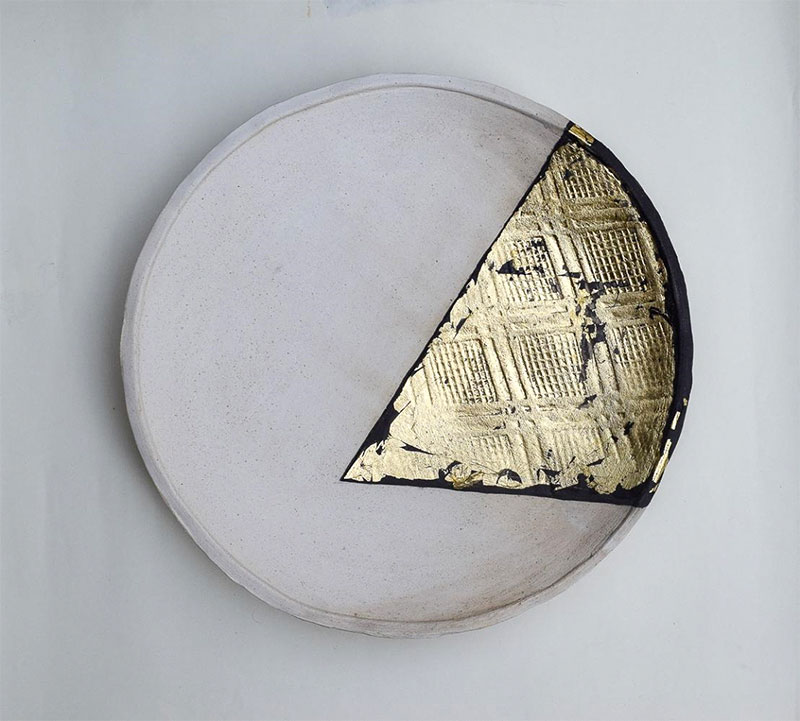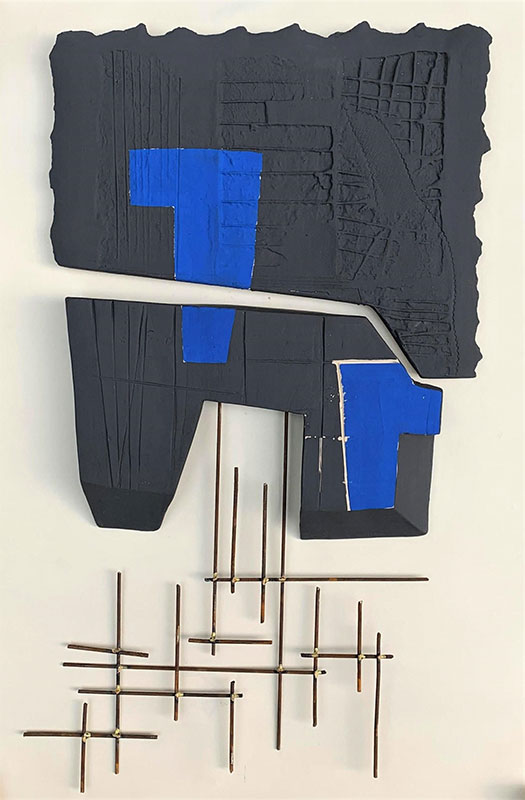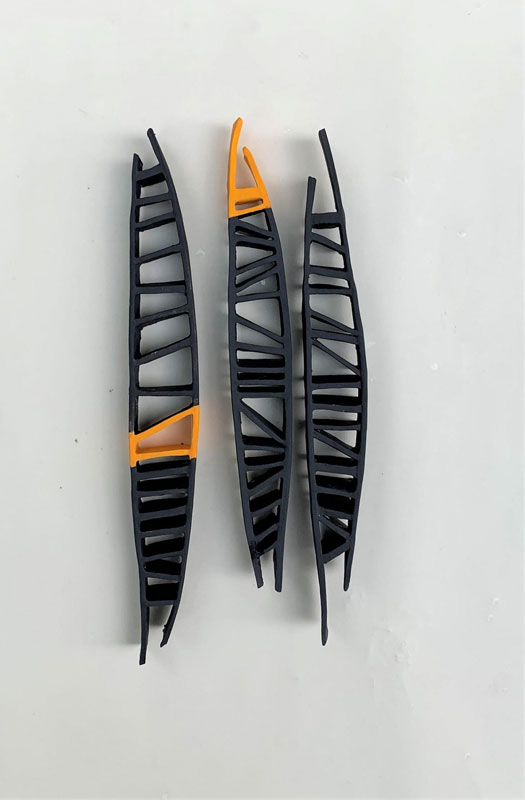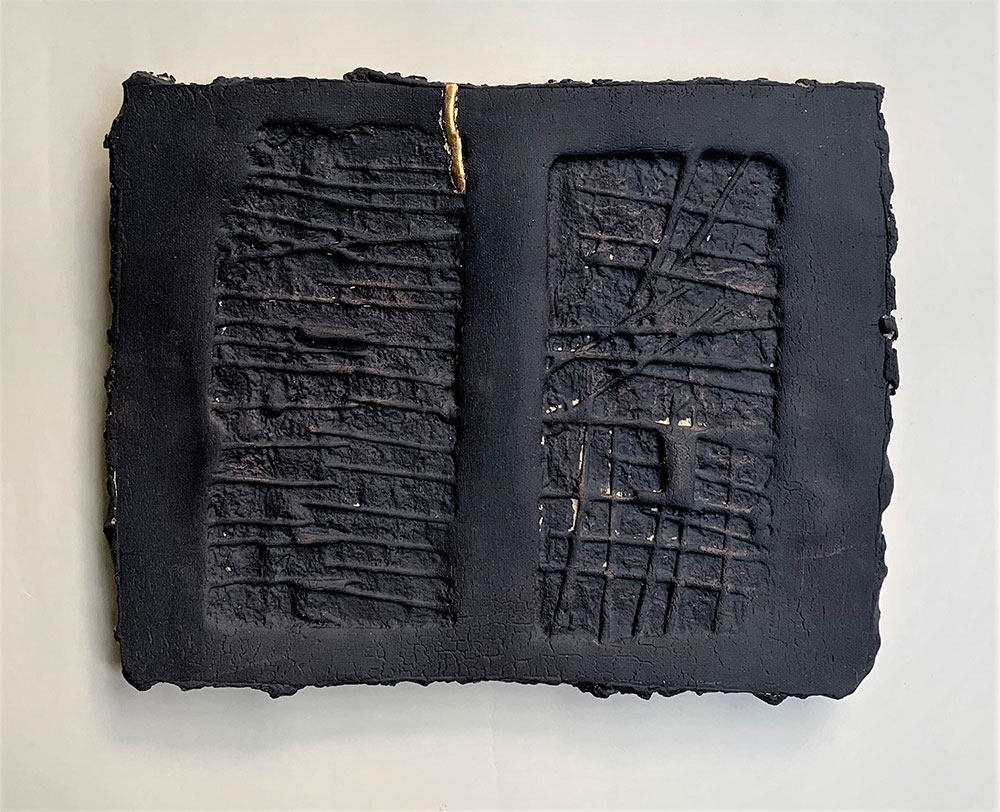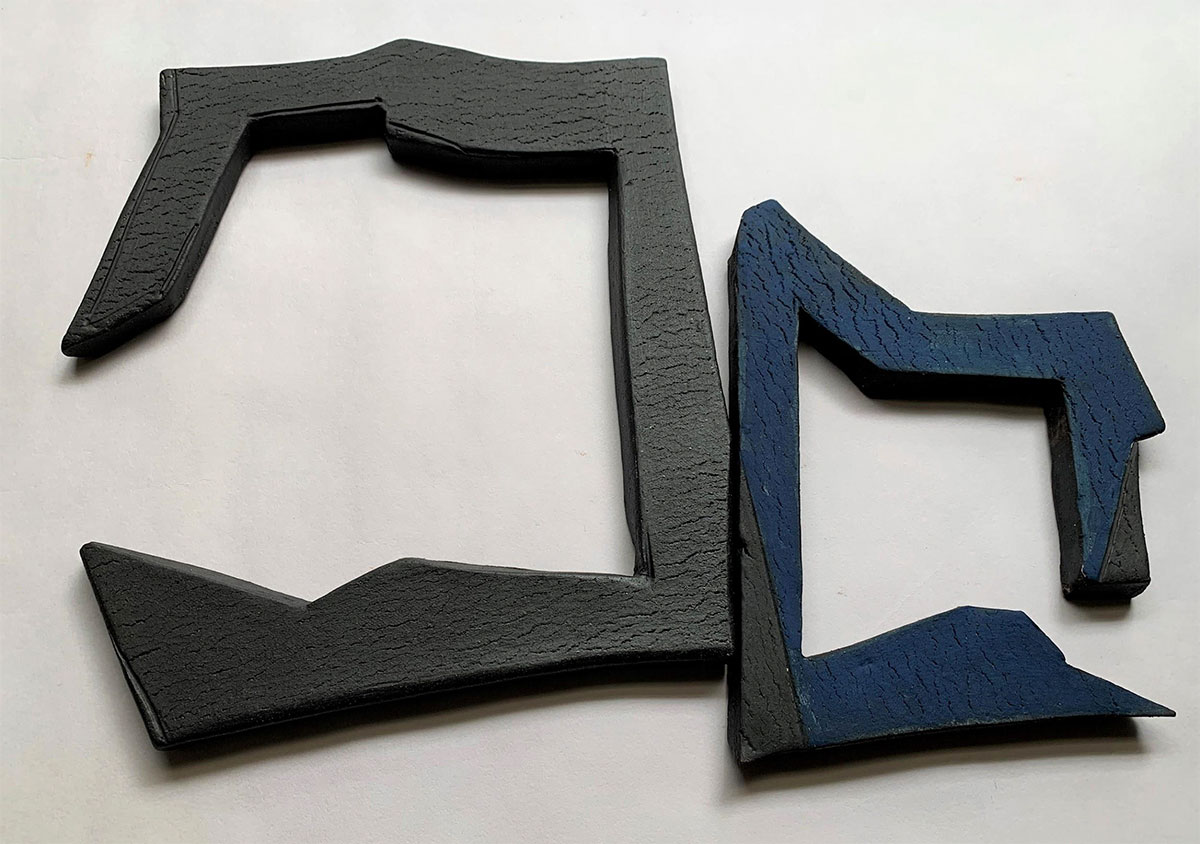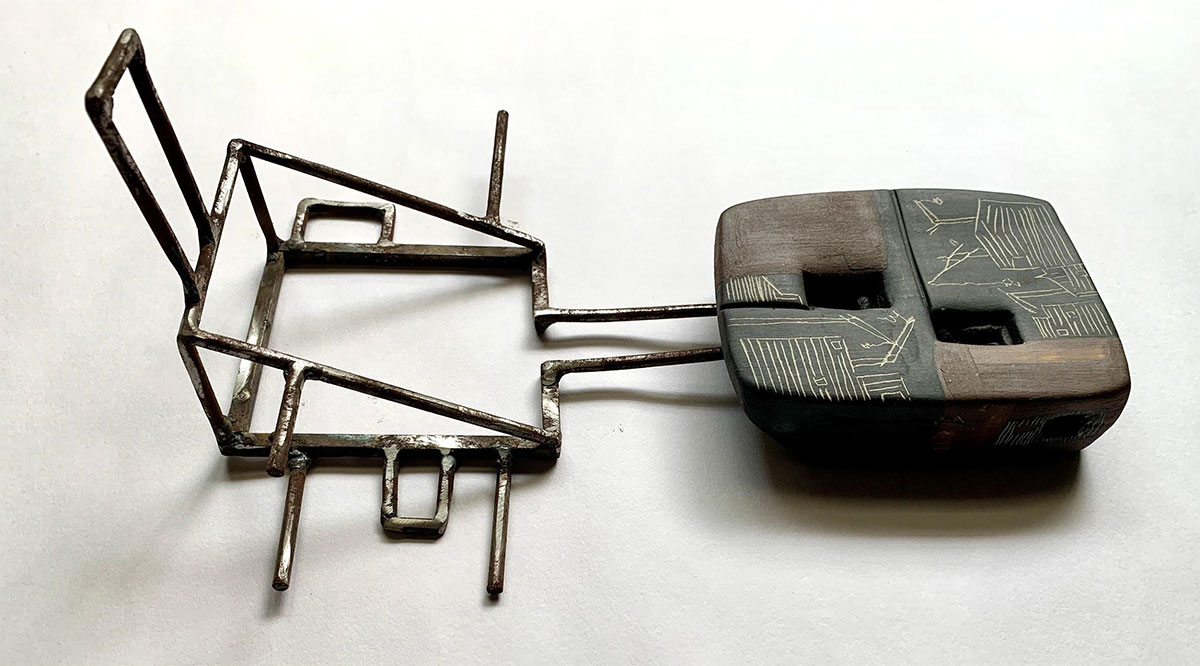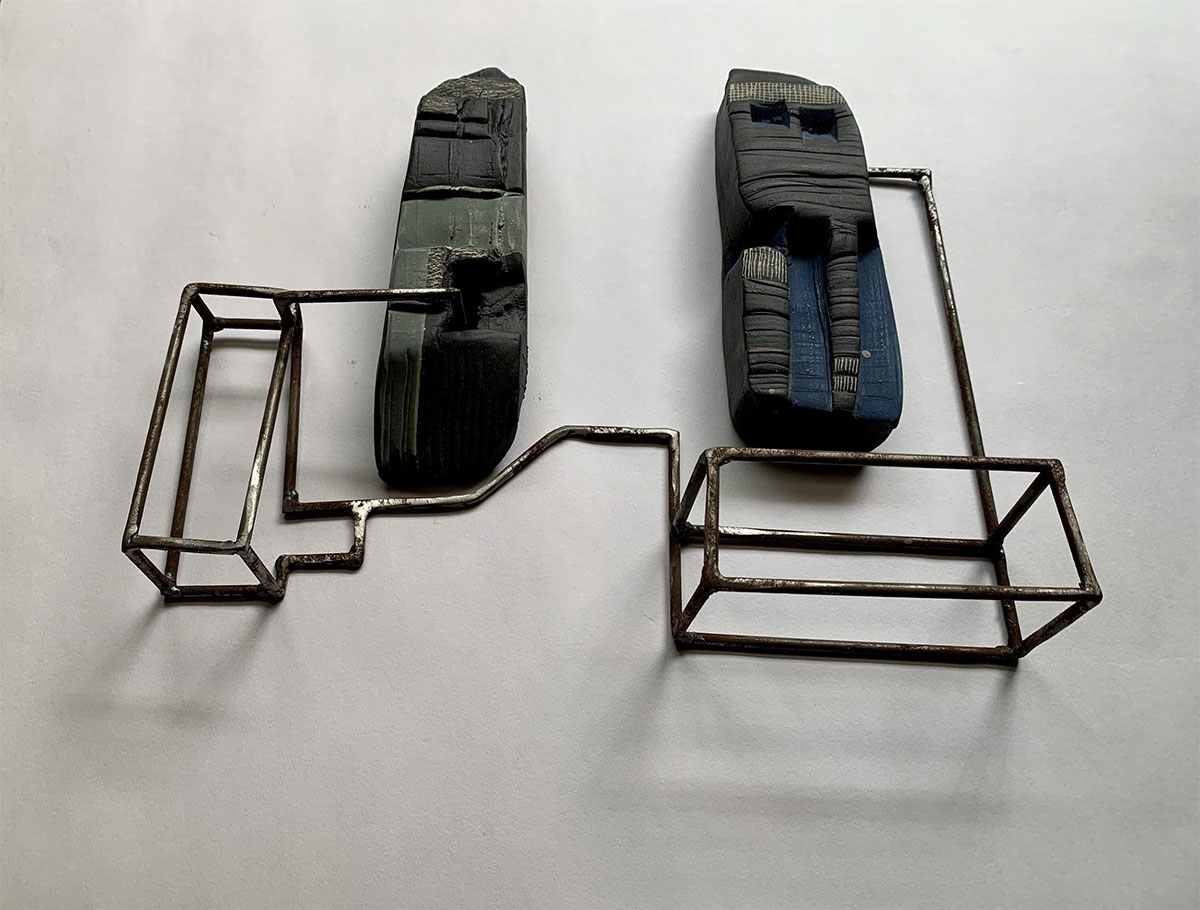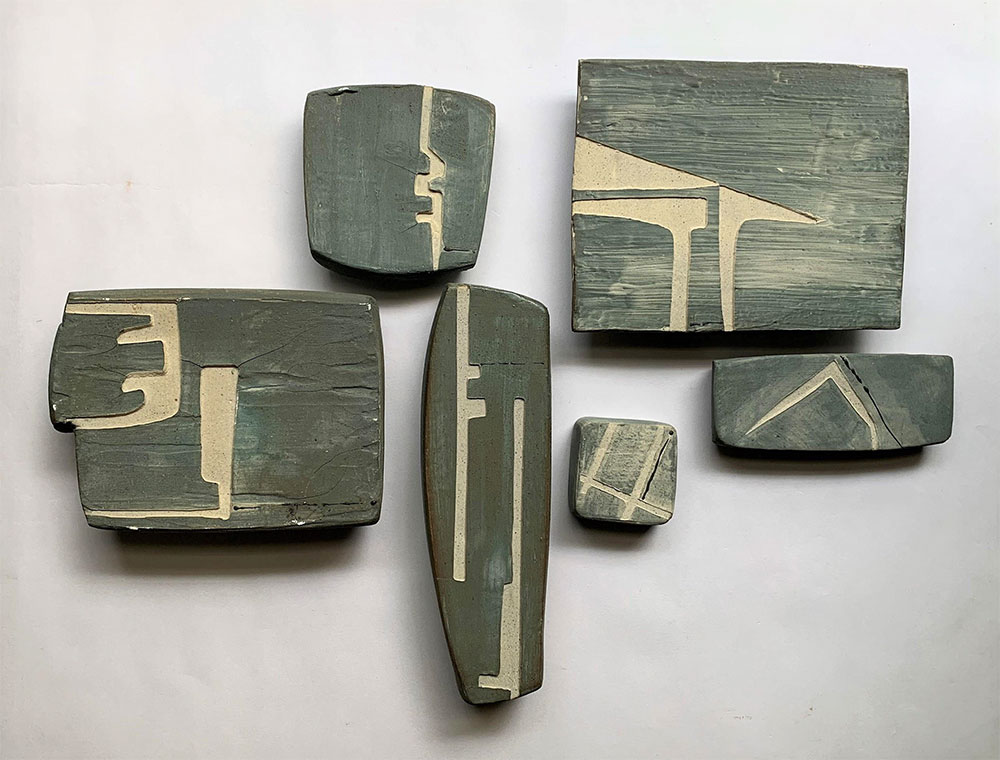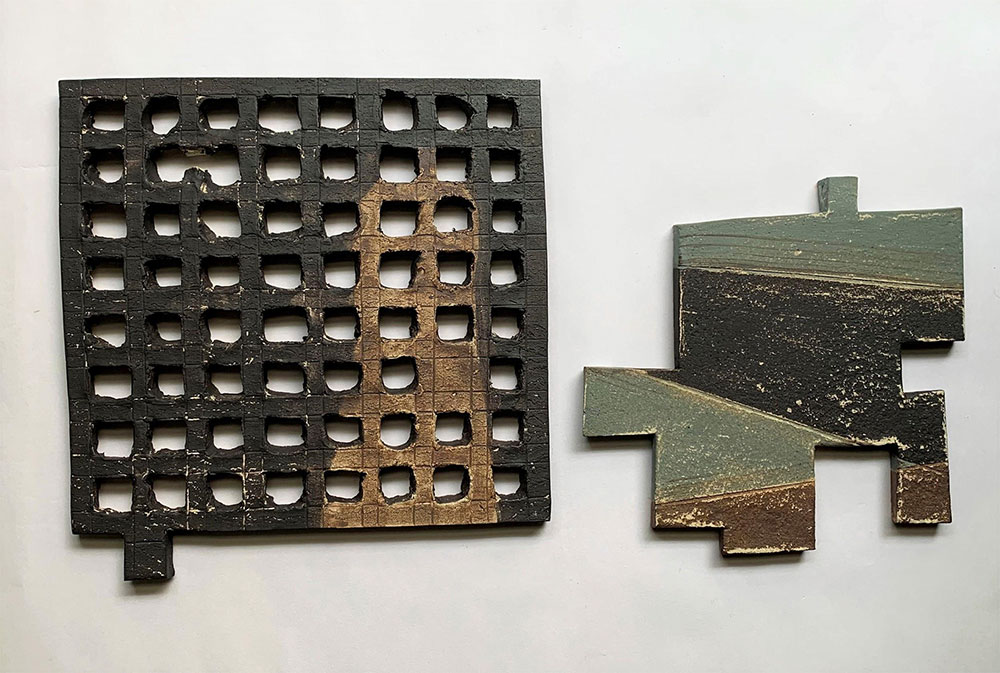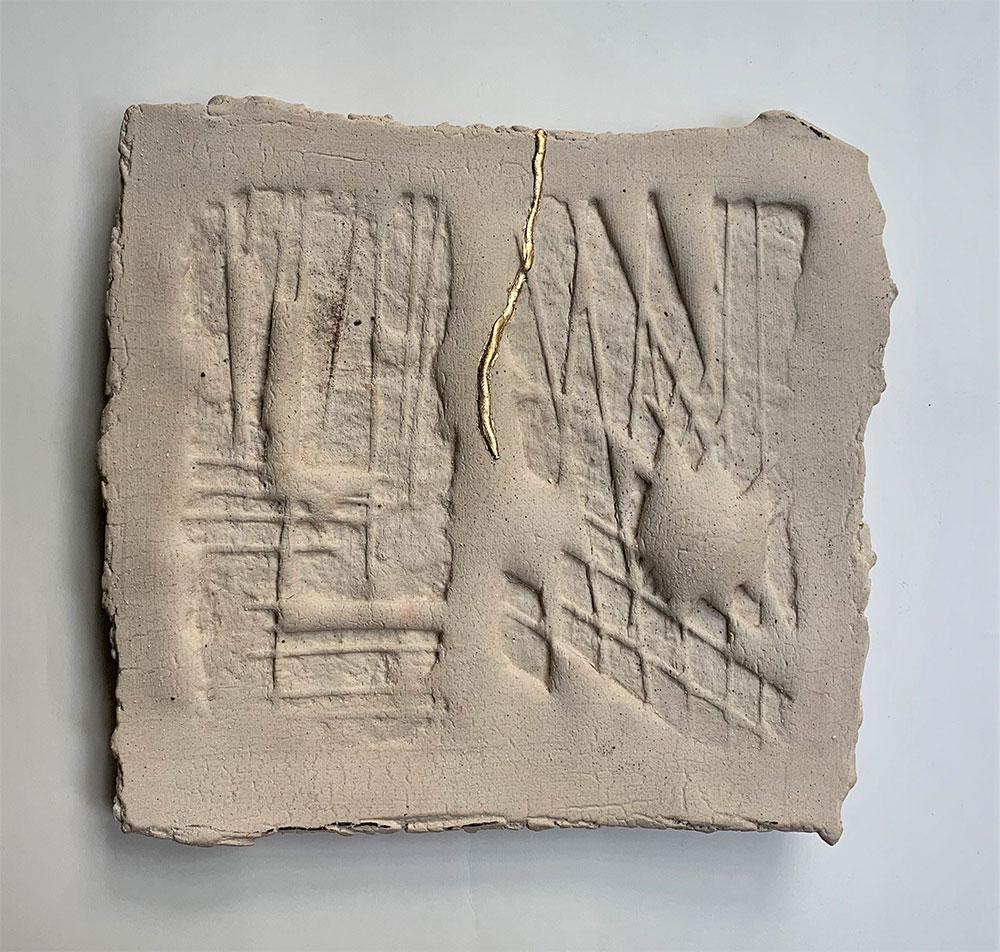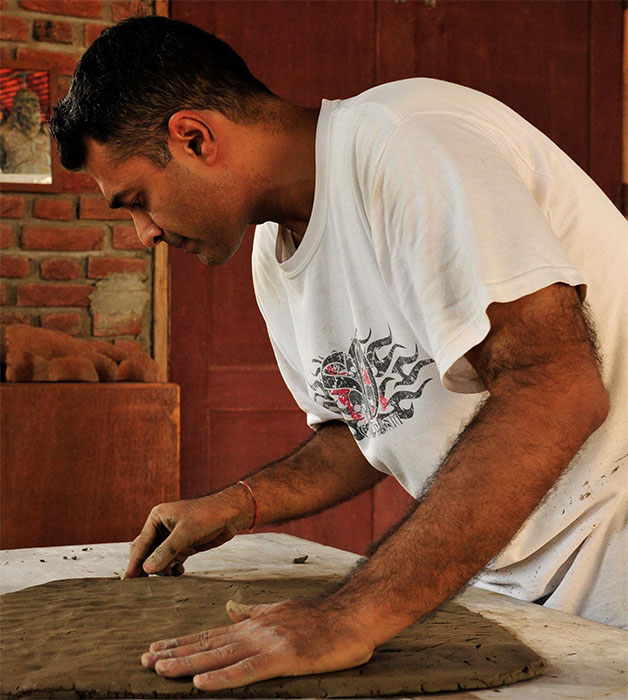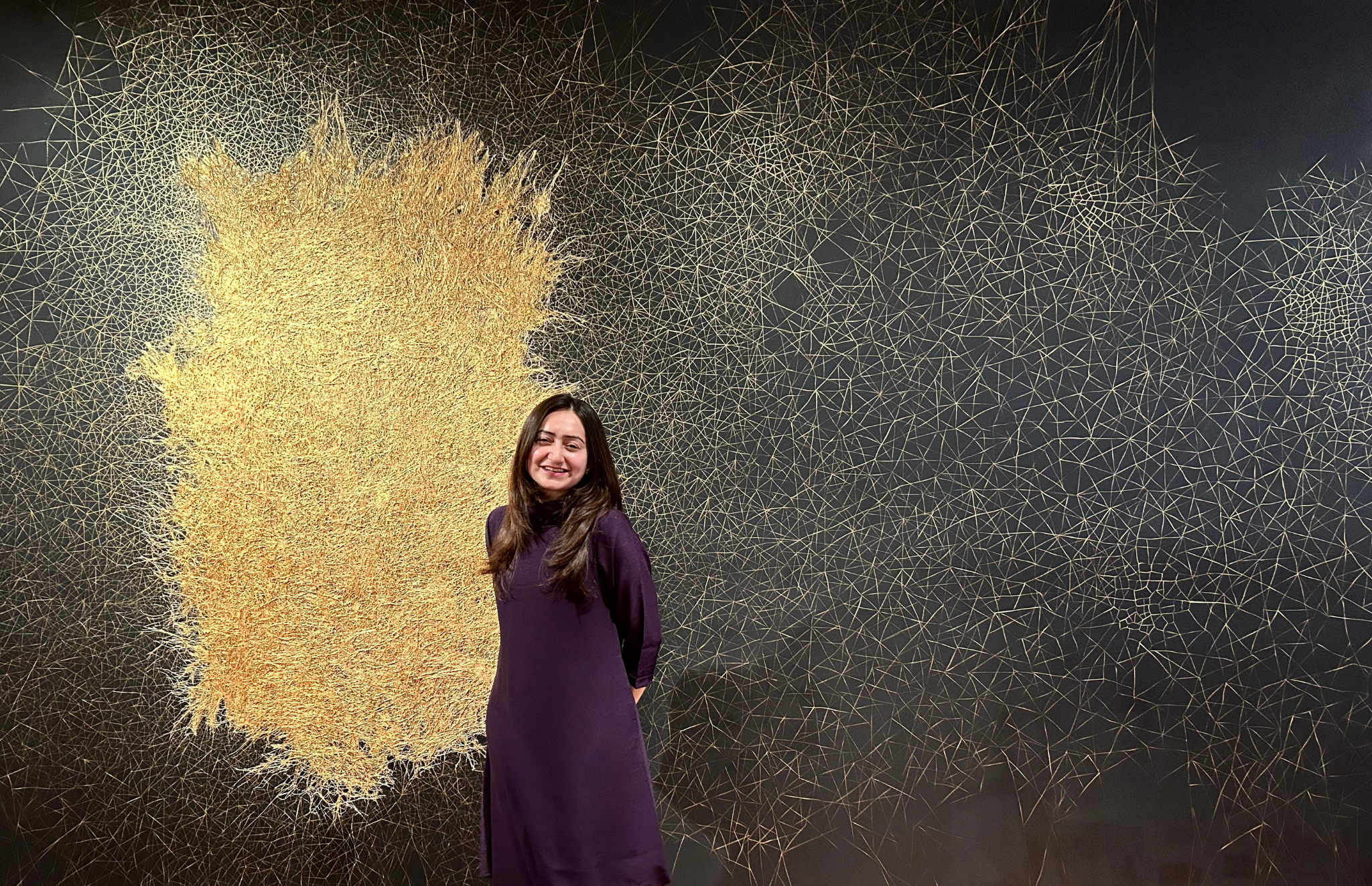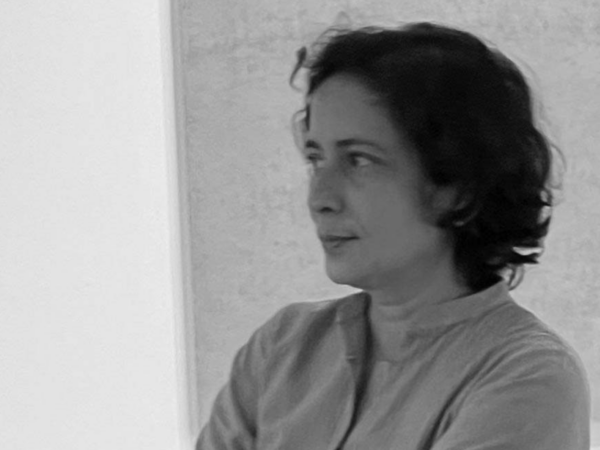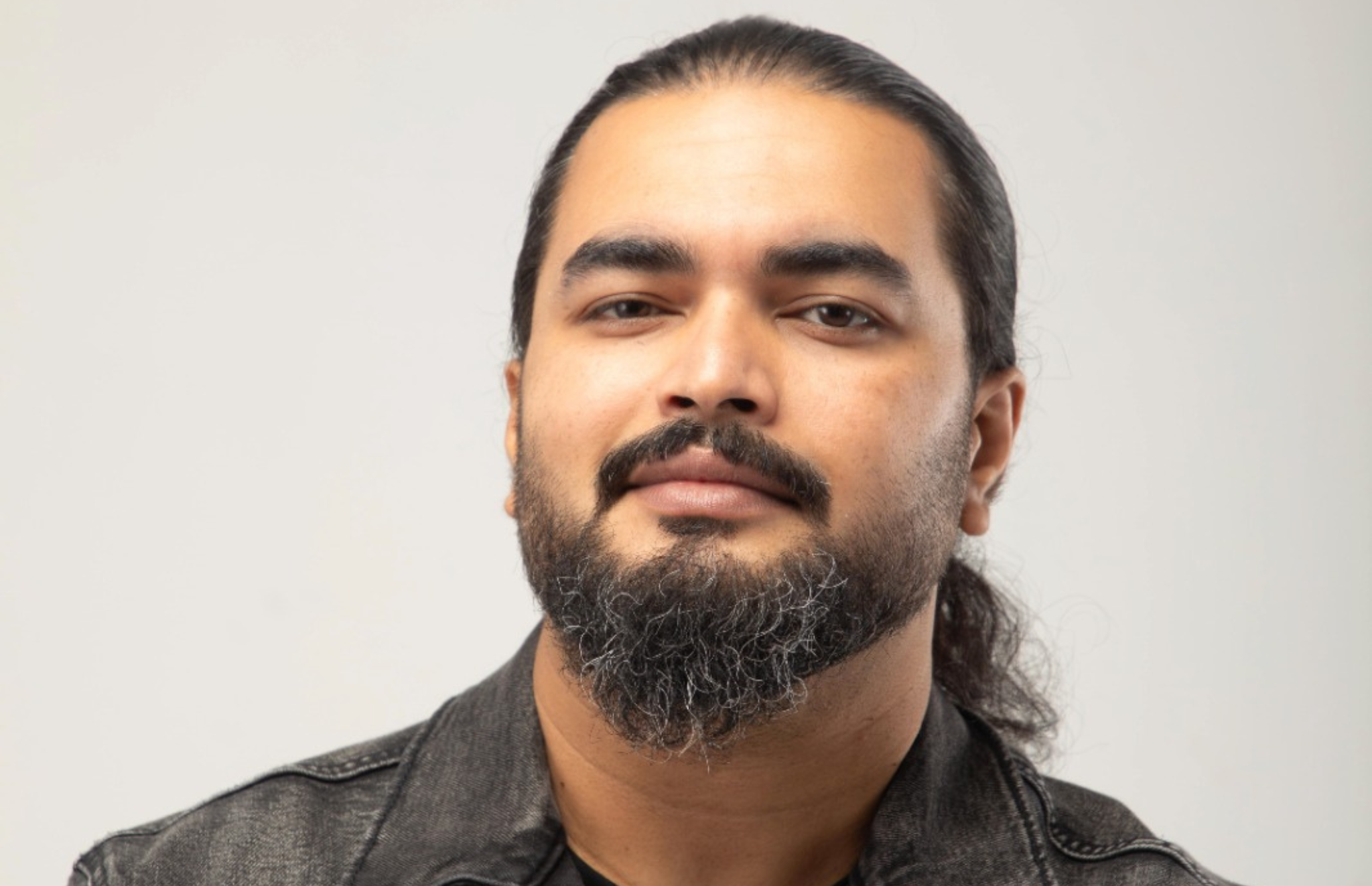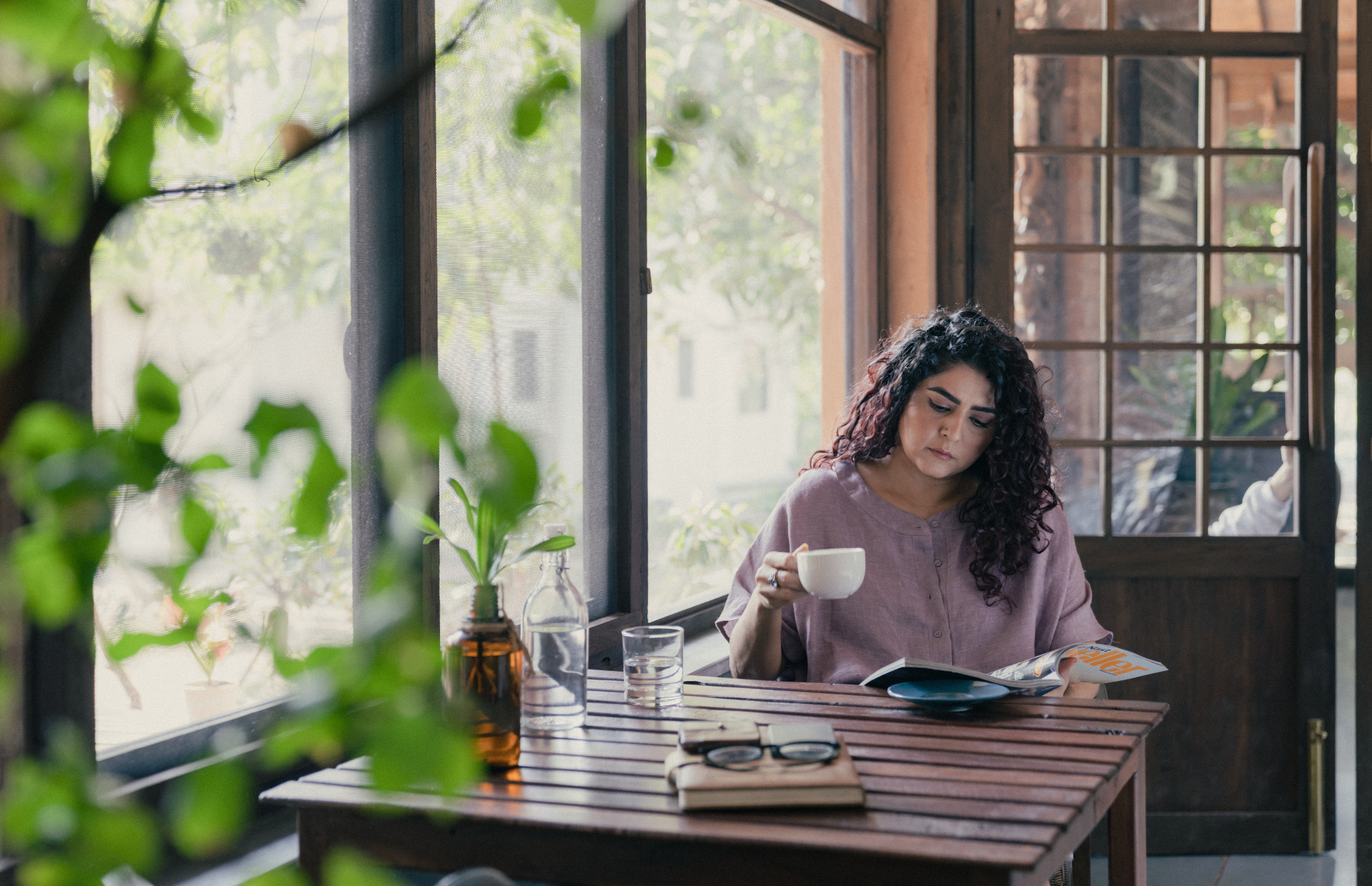Contemporary artist Rahul Kumar uses the medium of clay to explore the ideas of duality and constructs narratives through a textured play between space and scale. Each body of work thus becomes a story in itself, that re-imagines the material beyond its functional constraints while emboldening its sculptural capacity. Kumar has had 10 solo-shows to his name, in India and abroad, with his works being part of eminent collections world over, including the Kiran Nadar Museum of Art in India.
SP: Please give us a brief introduction and talk about your early academics.
RK: I grew up in a middle-class family of professionals. My father served in the central government and mother taught in a school. While my sister and I were encouraged to explore all the facets of life, sports, music, and arts, formal education always took priority. I never aced in my subjects but did reasonably well. I joined the corporate world after completing my MBA but pursued my interest in clay on the side. Much later, when I received the Fulbright Scholarship for masters in arts from the USA, I formally studied art for the first time.I am now an art journalist, combining my ability to articulate and understand the discourse of Art. I continue to practice my own ceramic art.
SP: When and how did you discover the artist inside you?
RK: ‘Extracurricular activities’, as it was referred to in those days, was important in my school. So, introduction to the creatives was natural. Art was also encouraged at home; my mother is a trained kathak dancer and a sitar exponent.
I was seventeen, when I first encountered a potter demonstrating on his traditional potters’ wheel. It was mesmerizing and I was awestruck. I was keen to take up arts for my higher education, but I was discouraged (read ‘disallowed’!). Hence, I became a potter by the weekend. It was only after my MFA in 2009 that I began using my medium of clay to truly make works of art. Before that I was happy being a studio potter.
SP: What is the significance of the material in your art practice and how important is it?
RK: I am not one of those artists who choose their material based on the need of the work. For me, clay remains at the core of my practice, and till very recently it was the ‘only’ medium I worked with. I guess ceramics require that kind of dedication. Preparation of clay, firing techniques, glaze making, surface treatment, and of course the form itself, the journey is long and slow. Additionally, a ceramic studio itself is a massive financial commitment! So, one cannot be half-hearted towards the medium of clay in my view. The approach to my work is therefore heavily influenced with the media itself. For instance, there comes a point in creating the work when I have to let-go. I can control and predict only to an extent.
SP: As a ceramist, the art of handling clay becomes the utmost lesson to imbibe which is also the most difficult of all. How were your initial attempts at learning it? Any fond memory that shaped you as an artist?
RK: I agree! Ceramic practitioners can never claim to be fully in control. What adds to this is the lack of standardised equipment and material suppliers in India. It does feel ironic since as a country we have a tradition of clay that goes all the way back to the Harappan civilization. But in the contemporary context, studio ceramics is still nascent.Preparing clay is the very first step. Making it of a homogeneous consistency and deairing it (the process of wedging) requires skill and muscular strength! To me, this process is akin to the prelude in classical music, one that allows the mind to find its centre before the actual ‘performance’. When I was an apprentice with my teacher, he once walked into the studio after I concluded wedging some 20 kg of clay. Without even checking the quality of work I had done in preparing the clay, he ordered it be done all over again. I would dare question him…so, I repeated the whole process. Later, I sheepishly asked how he knew that clay was not prepared well. He said he did not! But he was sure that I was not fully involved in the moment, purely based on the volume of the sound, which is governed by the intensity with which I slapped clay on the wedging table.
SP: How do you perceive the utility and aesthetics of an object? Is there any difference between the two?
RK: I have been a studio potter and I am now an artist. I still occasionally straddle the two worlds, and yes, these are two distinct spaces. Design produces objects of utility. While doing so, aesthetics may have significance, but it is at the periphery. Effective and efficient functional application is the key. Pursuit of aesthetics, on the other hand, is completely delinked form functionality. A work of art, therefore, need not serve any utility, other than an object of mental, intellectual, and emotional engagement.
SP: When you say that your ‘pots began to become more sculptural’, what did you mean by this transition?
RK: This is best answered in continuation to the point I made earlier. Initially, when I practiced as a ‘studio potter’, utility of the pot, a bowl easy to eat from or a pitcher that poured well became my primary concern. But after I began to move away from making ‘pottery’, but rather express through my works, then the idea of function took a back-seat in my vessel forms. Pots remained my subject but not the purpose of its creation. Over the past couple of years, I have moved further along in this pursuit and my works are purely sculptural now.
SP: What is your position as an artist in contemporary times?
RK: It is for others to define my ‘position’ based on what they perceive of my work. For me, I just express through my art. My works are never deeply conceptual or a commentary on the current socio-political environment. It is a personal journey expressed through the objects I create. I certainly put a price to my work and feel happy when it enters a museum collection or home of an admirer. But that is a by-product of this engagement. I do believe that I am using clay in a contemporized way, completely delinked from tradition. This is not very prevalent in the country as of now.
SP: What is your take on the philosophy of Kintsugi? Did you ever apply it in your art practice?
RK: The process of kintsugi is a Japanese technique to mend broken ceramic pots by joining them with pure gold. Metaphorically, it implies a celebration of defects. I feel it is an inspiring idea to live by. But then again, one needs to be careful in accepting all the flaws and defects in oneself! If stretched too far, no one would attempt to improve themselves in the name of ‘accepting defects’! But inherent or fundamental flaws must be embraced, celebrated, and life needs to move on. I have never applied the real process of using gold, although I have metaphorically referenced this in some of my recent works.
SP: What is the politics of the materials that you use?
RK: Politics in clay? Personally, I do not see any intent to layer politics in my use of the material. Critics and intellectuals may draw parallels and inferences.
For instance, using porcelain clay mined in china could mean a commentary on my posture on global politics or communist ideologies. Or, terracotta from rural India may have hidden meanings to it. But in all honesty, it is humble clay and I use this porcelain occasionally to achieve a desired result. That’s all. There are no intentional meanings in between the lines.
SP: You often talk about pottery being a spiritual journey. Tell us more about your philosophy.
RK: Spirituality is a personal journey. A practice in clay is self-consuming, requiring utmost commitment. For me it is a way of life. It is less of a ‘philosophy’ that I live by consciously, or a choice I made to make it a philosophy. Just the sheer process of working in clay makes it a rhythmic and meditative activity.
Image Courtesy: Artist
Find more about the artist:
https://www.rahulclaystudio.com/

